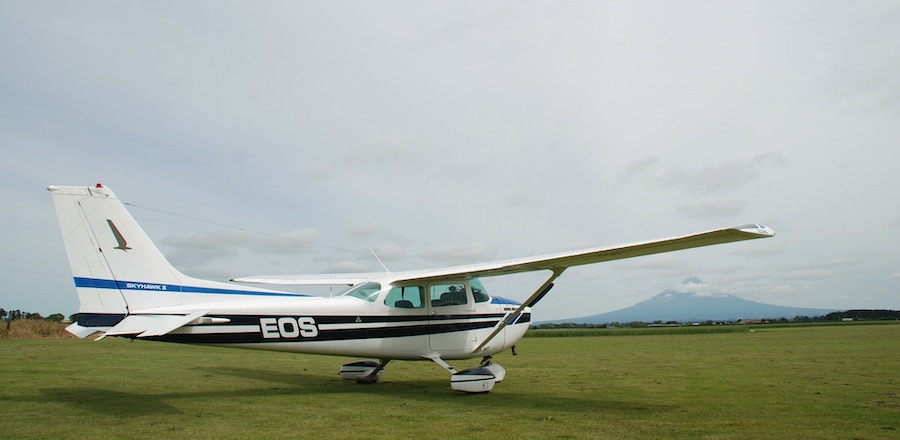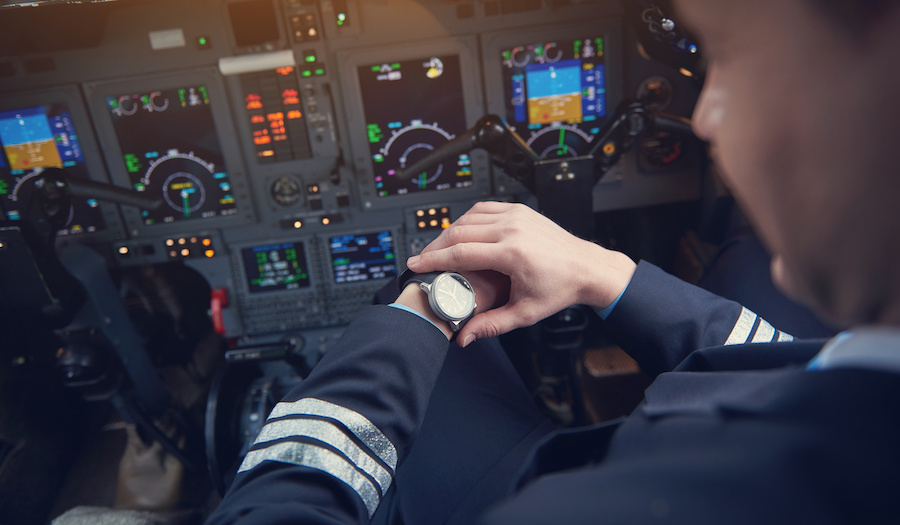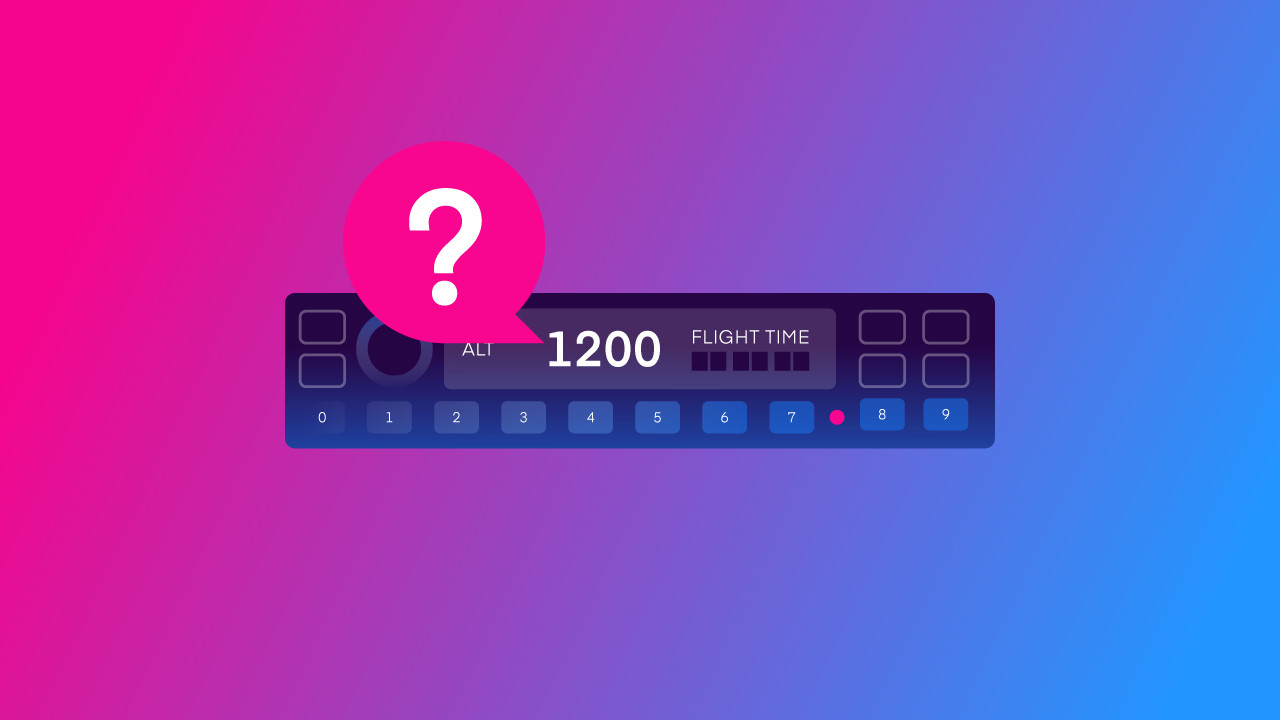Learning to use the radio during flight training can be a stressful experience. Radio transmissions can often feel like a foreign language, with a wide variety of unintelligible phrases and tenses. Mistakes on frequency are also embarrassing, ranging from simple mispronunciations to wild voice cracks.
Furthermore, proper Air Traffic Control (ATC) communication is one of the most overlooked aspects of flight training.
Instructors often neglect to spend sufficient time on the principles of radio communication in the hopes that a bright student will “pick it up as they go along”. This can lead to significant issues in all aspects of training and bad habits that are difficult to unlearn later on in a pilot’s career.
For many students, the combination of these factors makes radio transmissions more difficult than flying the airplane itself, and many students (particularly during the initial phase of training) struggle as a result.
Fortunately, radio communications are more of a paper tiger than an actual one. With some practice and a solid understanding of the fundamentals, you will have no trouble communicating on frequency.
Air Traffic Controllers are very understanding regarding student pilots, and they are often more patient than you would expect. Remember, everyone was a student at one point.
This article will explain the fundamentals of communicating with ATC and other aircraft and provide you with the tools to study independently.
Key Takeaways
- ATC communication relies on standard phraseology, brevity, and correcting with “correction.”
- Actively listening and thinking before transmitting can help avoid most radio mistakes.
- Practicing radio calls out loud in realistic scenarios is the most efficient way to learn.
- Making mistakes is part of the learning process; ATC is patient and understands.
How To Communicate With ATC: The Basics

The art of effective radio communication is based on the following principles:
- Standard phraseology: Everyone must use the same words and phrases.
- Brevity: Only required information is given (i.e., if the controller or other aircraft does not need to know, don’t waste time telling them).
- Correction: Mistakes must be corrected with the phrase “correction” followed by the correct information.
- Clarification: If any doubt exists between radio stations (i.e., between ATC and an aircraft or between aircraft) about the intentions of the other, clarification must be requested.
If you follow the principles outlined above, you have already won most of the radio communication battle.
While you should strive to adhere to these principles at all times, don’t be afraid of making mistakes that contravene these principles. When you make a mistake, you learn, which is precisely what you are trying to do!
On the topic of mistakes, you will make them. Making mistakes on the radio is not as uncommon as you might think, even for grey-haired airline captains. The key to correcting an error is to use the correct format.
After your mistake, say “correction,” and then say what you wanted to say before making the mistake. If you make another mistake, say “correction” again and repeat the process.
If you do not follow this rule, your errors could confuse everyone else, who will have to guess which parts of your transmission are correct and which are not, which is not ideal.
Radio Communication Standard Phraseology

Chapter 4, section 2 of the Aeronautical Information Manual (AIM) provides a good outline of the basics of standard phraseology and is worth the 30-minute read. This article will serve as a further summary of some of the concepts in the AIM.
While you aren’t expected to know every standard word or phrase when you begin your training, with a little bit of study and practice, you will learn them eventually.
The basic outline of every radio transmission consists of the following:
- The name of the station that you are trying to contact (e.g., “New York Approach”)
- Your callsign (e.g., N1234R)
- Your message (e.g., Established ILS, runway two-six.)
Not that difficult, right?
If you understand this basic concept of calling, saying who you are, and then relaying your message, the rest of what you need to learn is simply how to relay your message the right way.
How To Avoid Most Radio Mistakes
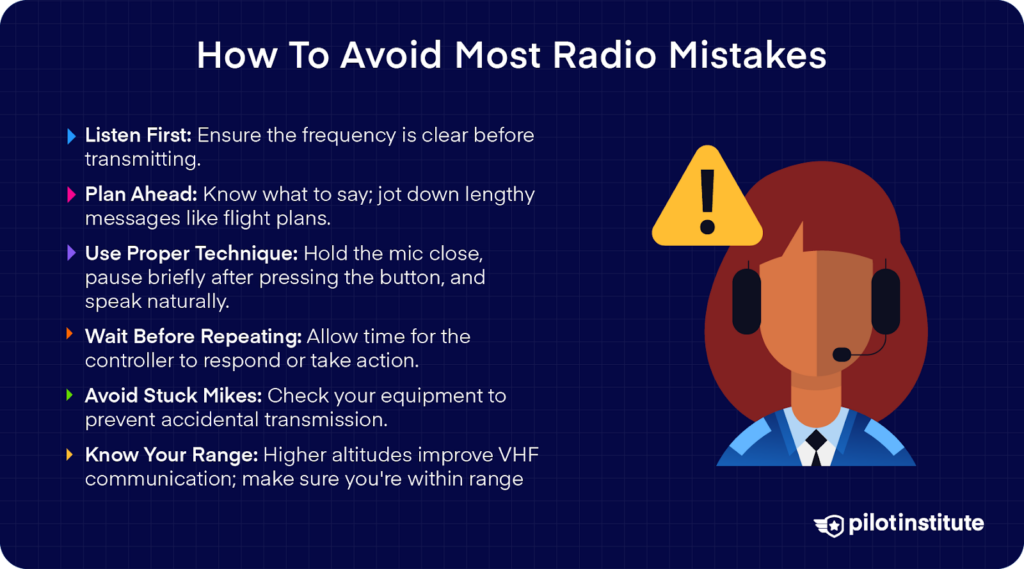
I’m going to let you in on a secret. Most mistakes on the radio are avoided not by hours of intense night-before-the-exam studying, but by doing two simple things.
Before you transmit your message:
- Listen to what ATC or the other aircraft has said.
- Think about what you are going to say.
Actively Listen
Flying is exciting. Flying when you’re a student is even more exciting, with a little bit of terror sprinkled on top.
Because of this, a well-known side effect of stress is often experienced where your brain misinterprets information that it does not entirely understand.
You may not even realize that you have misunderstood the message until the miscommunication begins causing confusion and even more stress.
This is easily avoided by actively listening to what the other radio station is saying and ensuring that any part you do not understand is clarified.
Think Before You Speak
If there is one piece of advice that will instantly make you better at speaking on the radio, it is this.
Taking two seconds to think about what you want to say makes your message significantly more intelligible than when you think about what you have to say while trying to say it.
If you have your doubts about this technique – try it for yourself. Next time you fly, try to reply to every radio message instantly, without delay.
I guarantee that you will make a mistake within the first few transmissions, or your transmissions will not be as brief and professional as they should be.
Practice Doesn’t Make Perfect
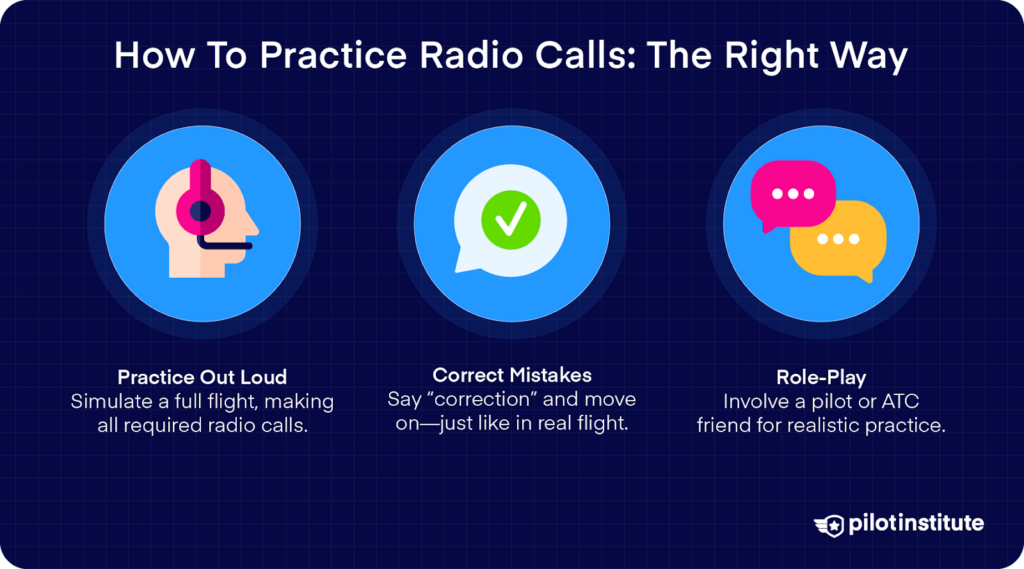
Put down the pitchforks. Let me explain.
Many well-meaning students correctly identify the initial challenge of radio communication and subsequently try to study as many words and phrases as possible.
They listen to hours of ATC transmissions playing in the background, hoping that some of this information will soak in.
While this certainly will help, the unfortunate truth is that they are still not prepared to speak on the radio. The reason? Practice doesn’t make perfect; only perfect practice makes perfect.
Students (and even some instructors) tend to approach the radio communication challenge from the perspective they gained from their other aviation exams.
This means they tend to study words and phrases in a parrot-like fashion. While it is crucial to learn radio communication terms and understand them, it is even more important to practice them in the correct manner.
The easiest and fastest way to learn radio communications is to practice the radio calls out loud. Sit in a chair, close your eyes, and fly. Go through an entire hypothetical flight, and say all the radio calls required by your hypothetical flight out loud.
If you make a mistake, don’t start over, say “correction”, and move on (you’re flying, remember?). To learn even more efficiently, get a pilot, student, or ATC friend to play the role of ATC or other aircraft.
Conclusion
Communicating with ATC and other aircraft doesn’t have to be a stressful experience. Most Air Traffic Controllers understand that students are learning and will be patient as a result.
Remember to listen closely to other radio calls, think about what you are going to say before saying it, and practice your radio calls the right way. It is okay to make mistakes because you will learn from them.
If you follow these guidelines, you will learn to talk on the radio like a pro, impress your instructor, and make your fellow students jealous.

